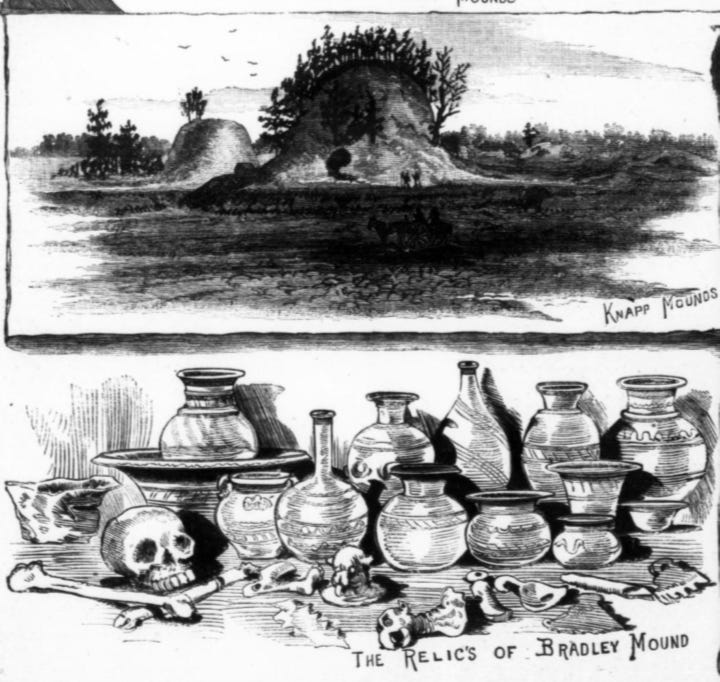Editor’s note: This article originally appeared in the October 16, 1897 edition of the Maryville (TN) Times. Frank Norcross (1851-1928) was general manager of the New River Lumber Company of New River, Scott County, TN. Located between Helenwood and Robbins on the Cincinnati-Southern Railway, the New River Lumber Mill was a large operation that shipped virgin Appalachian timber to eastern markets. After 1900, the main operations for the New River Lumber Company shifted to Norma in Eastern Scott County to a sawmill designed by Norcross himself. By 1908, the Norma mill was producing 125,000 feet of hardwood per day, with an annual production of 25,000,000 feet. This interesting article describes how Norcross performed a kind of experimental archaeology with some ancient corn.

Indian Corn.
The story of this corn is quite curious.
Some years ago, an Indian mound at Marked Tree, Arkansas, was opened. In it was found among other things, an earthen jar, hermetically sealed with various wrappings and a coat of pitch. This jar was opened, and found to contain several grains of corn.
The corn was of a brown color and was dried and wrinkled by age. It had been in this jar for hundreds of years.
One of the excavators sent several of the grains to his brother Mr. Norcross of the New River Lumber Company. Mr. Norcross planted some of them. To his astonishment the ears of corn resulting were a deep red. They were not unlike popcorn ears, though much larger; and the cob is very small in proportion to the size of the ear. Mr. Norcross carefully saved his corn, and planted again. The next crop was brown, the original color; but the third crop was red.

Thus he found that when he planted "brown" seed corn, he got a crop of red corn; and when he planted "red" seed corn, the resulting crop was brown.
My seed corn was procured from him. As I got some of each color, part of my little crop is brown and part of it is red. Taking its various points into consideration it is very probable that it may prove valuable otherwise than as a curiosity.
-Mary G. Carnahan.



